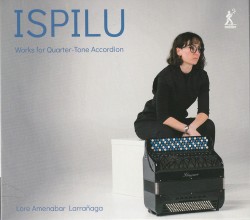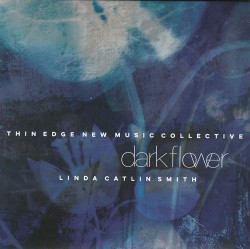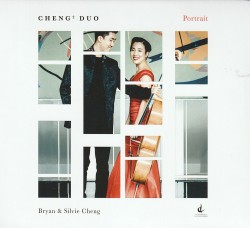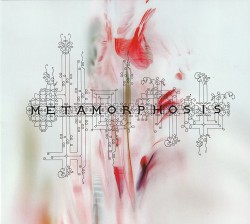Heino Eller: Works for Violin and Piano - Andres Kaljuste; Sophia Rahman
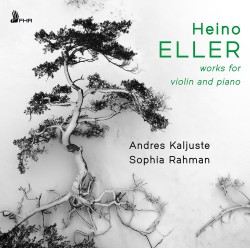 Heino Eller – Works for Violin and Piano
Heino Eller – Works for Violin and Piano
Andres Kaljuste; Sophia Rahman
First Hand Records FHR149 (firsthandrecords.com)
Estonian composer/teacher Heino Eller (1887-1970) is considered the founding father of Estonian professional instrumental music. He primarily composed small form instrumental works but did compose some larger canvasses including three symphonies. This release is the first to feature only Eller’s violin works, including ten premiere recordings. Violinist/violist/teacher Andres Kaljuste has a diverse career in Europe and champions music by fellow Estonian composer Arvo Pärt, with whom he and his duo pianist Sophia Rahman have a long working association. Heino Eller was Pärt’s composition teacher!
Three divisions of musical style may be made. Eller’s early works written 1907-1920 are simpler. Canzonetta (1912) is a fun, easy to listen to, slightly upbeat duet with unexpected extremely high violin pitches. Emotional Moment musical (Muusikaline moment) (1912) is rubato in feel with late Romantic tonalities.
Eller tried to combine modern sounds with his personal aesthetics in mid-career works1920-1940. Fantasy for Solo Violin (1931) is the first Estonian work for violin alone. Kaljuste shines creating a symphonic sound blending contrasting lines from lower dark to higher rhythmic ones with exciting fast descending lines. Pines (Männid) (1929) is an Estonian chamber repertoire favourite. Eller combines folk intonation and inflections in lyrical music about Estonian nature.
Late career works (1940-1970) include Cross-stick Dance (Ristpulkade tants) (1953) with Estonian folk-like rhythmic melodies in conversations and accented notes breaking up the phrases.
My Estonian parents introduced me to Eller’s Pines. Here I have heard more of his music as Kaljuste and Rahman perform with an amazing understanding of Eller’s artistry.



